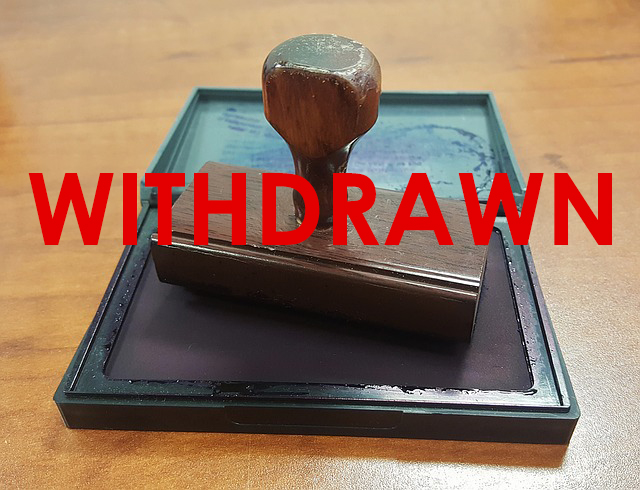On June 7, 2017, new U.S. Secretary of Labor Alex Acosta announced the federal Department of Labor’s withdrawal of two significant guidance documents from the previous administration: (1) a 2015 memorandum addressing misclassification of employees as independent contractors; (2) 2016 guidelines regarding joint employment. This may be an early indication of what to expect from the Trump DOL.
These actions do not formally change the law or determine the DOL’s position in any given situation. Rather, they signal the pro-employer shift in federal labor policy that was expected with the change to a Republican administration.
Misclassification
A July 2015 memorandum from then-head of the DOL’s Wage and Hour Division David Weil emphasized that most workers qualify as employees under the Fair Labor Standards Act. Accordingly, they enjoy protections regarding minimum wage and overtime that do not apply to independent contractors.
The withdrawal of that memorandum does not mean that employers are now free to classify workers as independent contractors at their discretion. However, it may indicate that the current administration will be less likely to assume that a worker is an employee.
Employers still must be careful to classify workers properly. Regardless of the DOL’s enforcement positions, most workers do qualify as employees under the FLSA. Moreover, individuals can litigate their employment status directly through the courts without DOL involvement.
In addition, the U.S. DOL does not interpret and administer all laws for which classification is relevant. Most notably, state laws also provide for similar protections in many states, and some states, including New York, remain pro-employee in their enforcement.
Joint Employer
In August 2015, the National Labor Relations Board expanded its doctrine of joint employership in a case involving Browning-Ferris Industries of California Inc. This decision (from a Democrat-majority NLRB) meant that employees could more easily hold multiple entities responsible as their employers.
Although the Browning-Ferris decision itself only affected NLRB cases, the U.S. DOL used it as the impetus to expound on a broader notion of joint employership under the laws it administers, including the FLSA. In January 2016, the DOL’s Wage and Hour Division issued guidelines purportedly addressing increasingly varied employment arrangements in the modern workforce. The thrust of the guidelines was to establish a basis for holding more organizations responsible to their workers.
Secretary Acosta’s withdrawal of these guidelines suggests a relaxation of the approach announced last year by the DOL. However, it has no direct impact on the question of joint employer liability under the National Labor Relations Act. For now, Browning-Ferris remains the NLRB’s current position on the issue. But at some point the President will fill current vacancies on the NLRB. This will shift the Board back to a Republican majority. Thus, it is quite likely the the NLRB will also relax its joint employer standards post-Obama.
More To Come from the Trump DOL
These early actions support the assumption that Secretary Acosta will act to reduce employer burdens. Another significant issue remaining open is how the Trump DOL will handle the Obama Administration’s regulations on the salary threshold for overtime exemption. Those rules were enjoined by the courts last year, but currently have pending appeals. It seems likely that the the current administration will take a different position. But exactly what that will be and how it will be implemented remains to be seen.
Keep following the New York Management Law Blog to learn more about developments in federal wage and hour law (among other topics).
